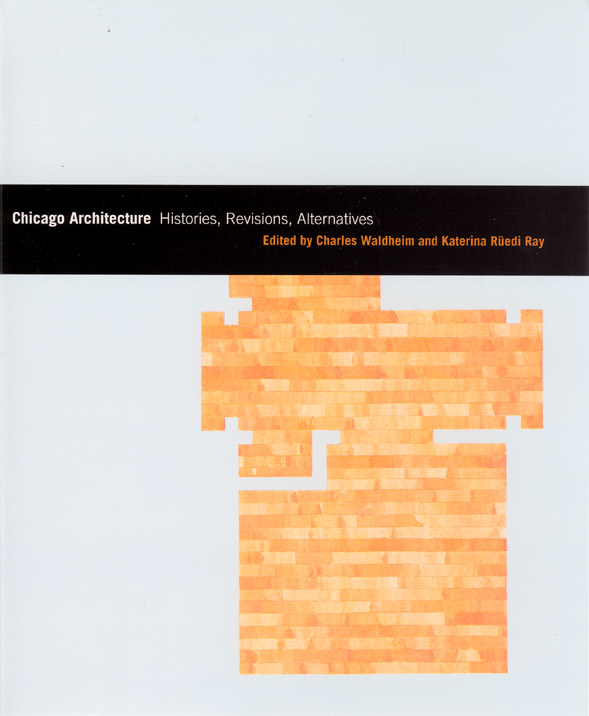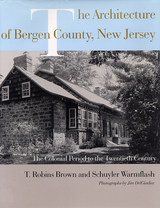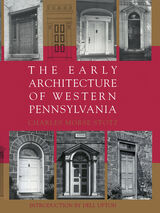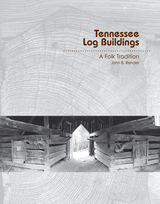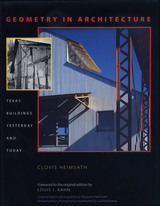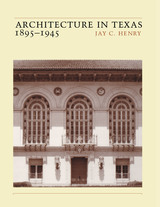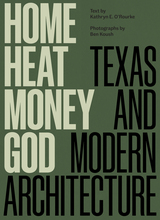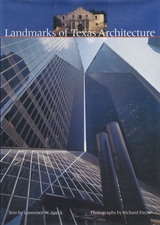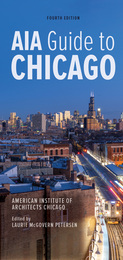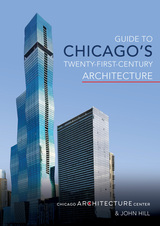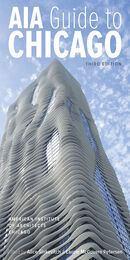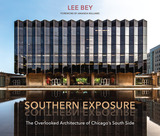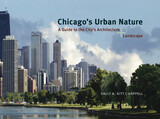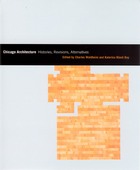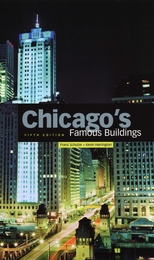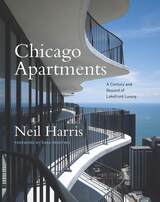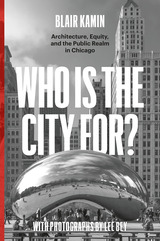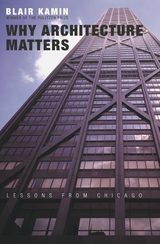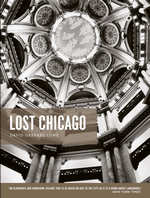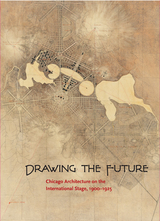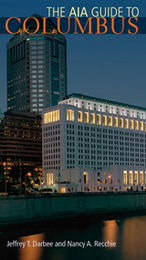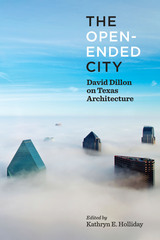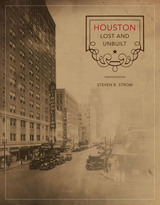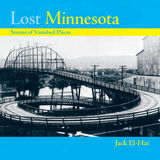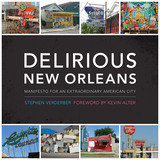Chicago Architecture: Histories, Revisions, Alternatives
University of Chicago Press, 2005
Paper: 978-0-226-87039-7 | Cloth: 978-0-226-87038-0
Library of Congress Classification NA735.C4C3757 2005
Dewey Decimal Classification 720.977311
Paper: 978-0-226-87039-7 | Cloth: 978-0-226-87038-0
Library of Congress Classification NA735.C4C3757 2005
Dewey Decimal Classification 720.977311
ABOUT THIS BOOK | AUTHOR BIOGRAPHY | TOC
ABOUT THIS BOOK
When you think of modern architecture, you think of Chicago, the birthplace of the skyscraper, the cradle of twentieth-century American design, and the home of enduring works by such iconic figures as Louis Sullivan, Ludwig Mies van der Rohe, and Frank Lloyd Wright. Idealized through tourism and celebrated in the groves of academe, the city's majestic skyline and landmark buildings remain a living testament to the modern movement.
In Chicago Architecture, Charles Waldheim and Katerina Ruedi Ray revise and offer alternatives to the archetypal story of modern architecture in Chicago. They and an esteemed group of contributors assert that the mythic status of Chicago architecture has distorted our understanding of the historical circumstances in which it was realized. This searching volume illuminates the importance of photographs, books, magazines, and other media in the cultivation of an international audience for Chicago architecture; it explores the pivotal role of real estate developers, finance and insurance sectors, and speculative capital markets in the development of the city itself; and, perhaps most notably, it examines a wide variety of overlooked architectural works and their creators—individuals who did not fit into the dominant modernist narrative.
Offering new insights on Chicago public housing and O'Hare International Airport, on the Columbian Exposition and Marina City, on the city's grid system and the place of women architects in the story of Chicago modernism, and on the subjective experience of living inside Chicago's most well-known buildings, Chicago Architecture is a work of enormous scope and vision—a book as heady and towering as the skyline it considers.
In Chicago Architecture, Charles Waldheim and Katerina Ruedi Ray revise and offer alternatives to the archetypal story of modern architecture in Chicago. They and an esteemed group of contributors assert that the mythic status of Chicago architecture has distorted our understanding of the historical circumstances in which it was realized. This searching volume illuminates the importance of photographs, books, magazines, and other media in the cultivation of an international audience for Chicago architecture; it explores the pivotal role of real estate developers, finance and insurance sectors, and speculative capital markets in the development of the city itself; and, perhaps most notably, it examines a wide variety of overlooked architectural works and their creators—individuals who did not fit into the dominant modernist narrative.
Offering new insights on Chicago public housing and O'Hare International Airport, on the Columbian Exposition and Marina City, on the city's grid system and the place of women architects in the story of Chicago modernism, and on the subjective experience of living inside Chicago's most well-known buildings, Chicago Architecture is a work of enormous scope and vision—a book as heady and towering as the skyline it considers.
See other books on: Architecture and society | Buildings, structures, etc | Chicago Architecture | Histories | Waldheim, Charles
See other titles from University of Chicago Press
